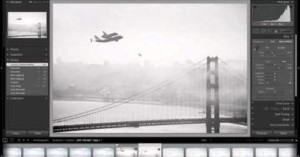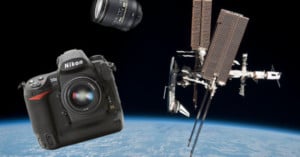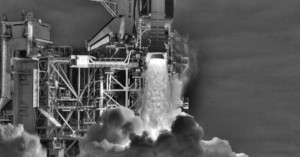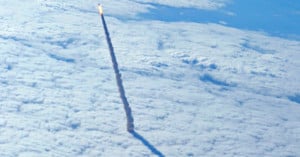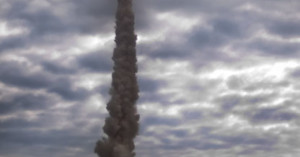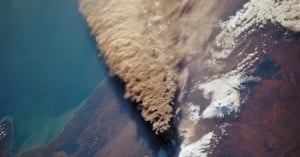
Two Spectacular Photographs of a Volcanic Eruption as Seen from Space by Endeavour
In September and October of 1994, the space shuttle Endeavour was orbiting 115 nautical miles above Earth while the Kliuchevskoi Volcano was spewing ash and dust into the atmosphere at an alarming rate. Not in any position to do anything about it, the astronauts aboard the space shuttle did the only thing they could do... they took pictures.
